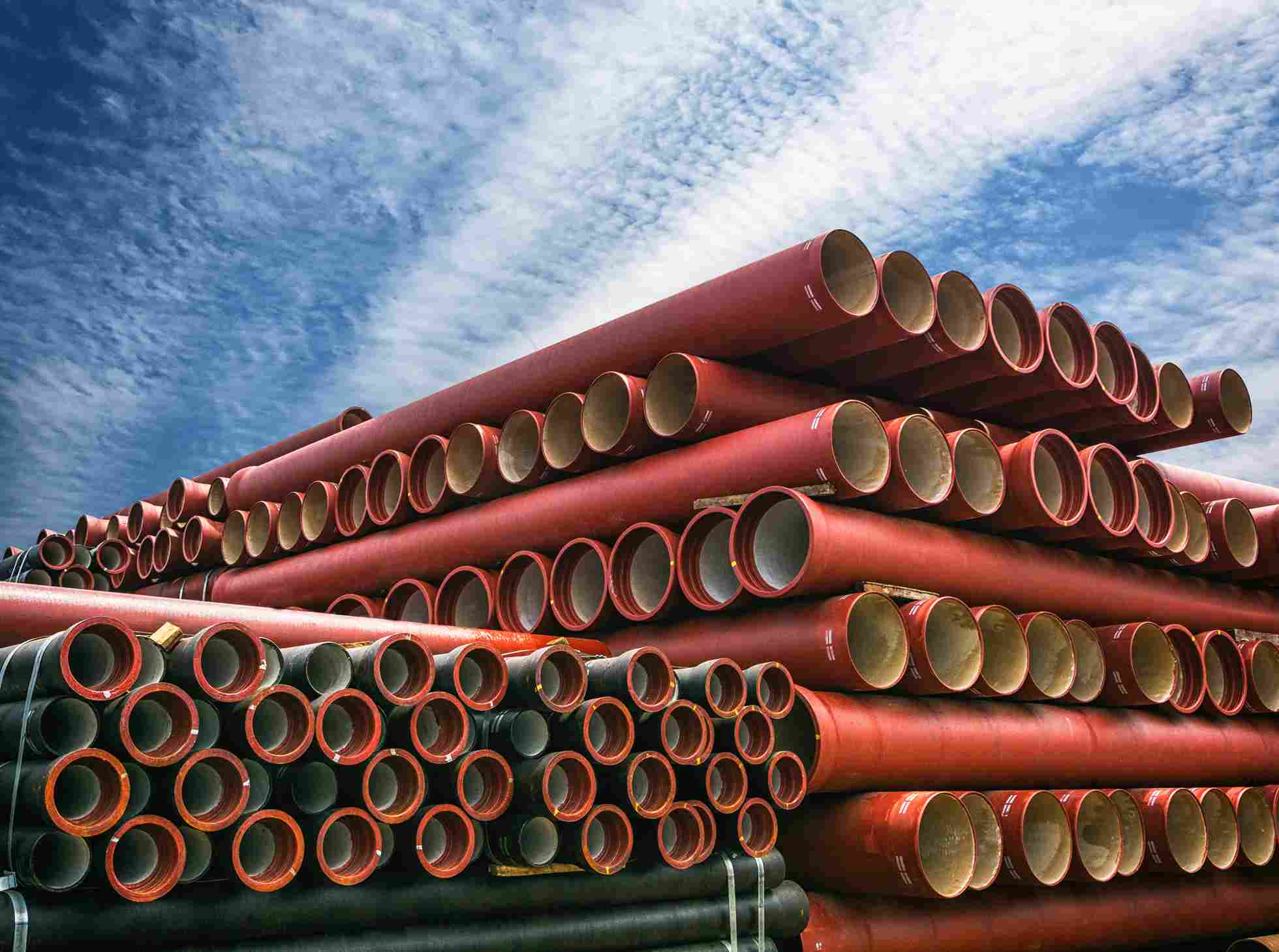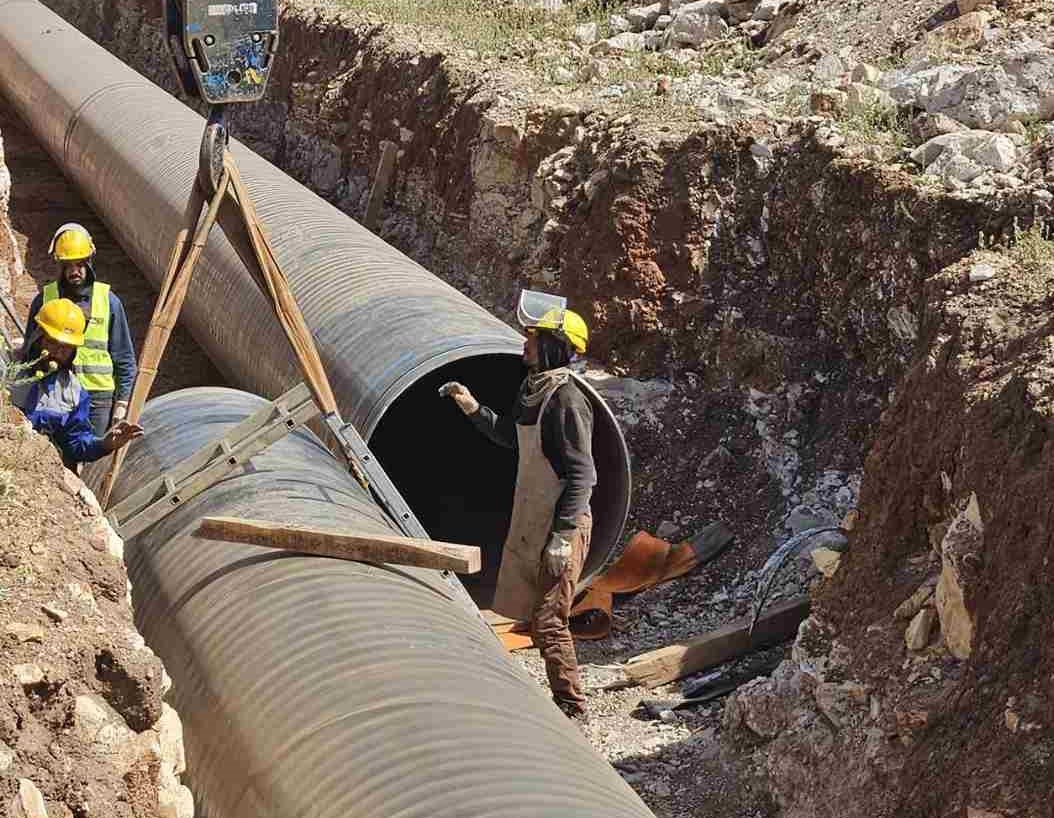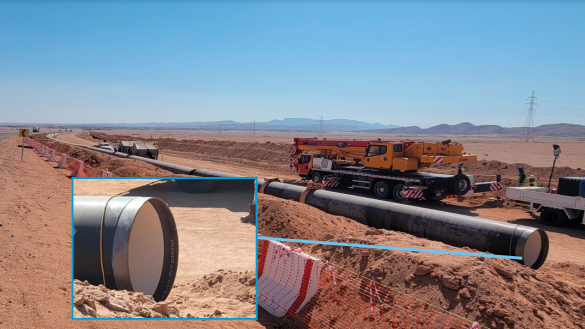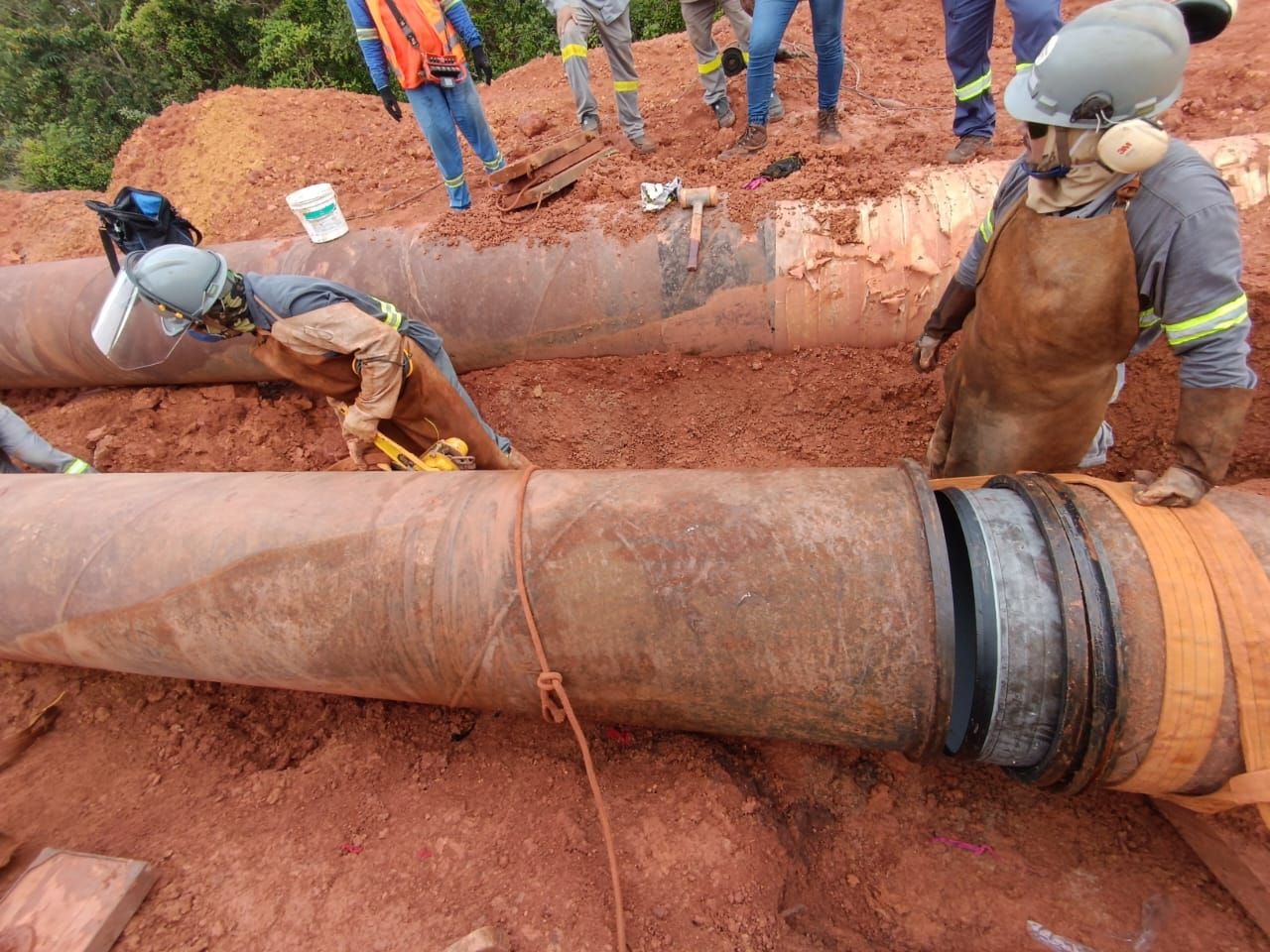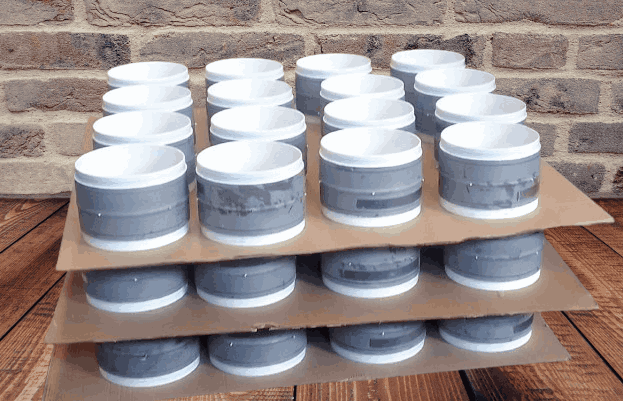In the world of industrial operations, ensuring the safety and stability of pipes is of paramount importance. Pipe chocks play a crucial role in providing support and preventing unwanted movement or displacement of pipes.
Across various industries like oil and gas, petrochemical, or construction, chocks are essential tools that help maintain the integrity of piping systems. This blog post will delve into the details of chocks, exploring their purpose, types, and how they work to keep pipes securely in place.
Understanding Pipe Chocks
Pipe supports, also known as pipe restraints, function to hold pipes in position, preventing them from sliding, rotating, or shifting under various operating conditions. Engineers typically select durable materials like steel, cast iron, or concrete for their strength and capacity to withstand substantial loads.
The purpose of chocks is to stabilize piping systems, ensuring that pipes remain in their intended positions. This is particularly critical when dealing with high-pressure systems, as even slight movement or misalignment can lead to leaks, loss of containment, or even catastrophic failures.
Read: “What Is 3LPP Pipe Coating?”
Purpose of Pipe Supports
The primary purpose of chocks is to prevent the movement or displacement of pipes during operations, such as drilling, completion, or production which ensures the entire system’s stability. Additionally, chocks help minimize the risk of damage to the pipes, prevent potential leaks, and improve overall safety on the rig or platform.
Types of Pipe Chocks
Several types of chocks are available, each designed to meet specific requirements. Here are some commonly used types:
1. Rubber Chocks
Made of high-quality rubber, these chocks offer excellent grip and resistance to slippage. They suit various pipe materials and allow for easy adjustment to accommodate different pipe sizes.
2. Steel Chocks
Constructed with robust steel, these chocks provide exceptional strength and durability. Steel chocks are ideal for heavy-duty applications and can withstand high loads and extreme conditions.
3. Wooden Pipe Chocks
Manufacturers typically craft these chocks from hardwood, creating a lightweight yet sturdy product. They are commonly used in temporary installations and are easily customizable to fit specific pipe dimensions.
4. Pipe Shoe Chocks
These chocks feature a shoe-like structure that supports the pipe from below. They are often used when the pipe needs to be lifted off the ground or other surfaces to avoid contact with materials that cause pipeline corrosion or prevent damage.
5. Wedge Chocks
Wedge chocks utilize a wedge-shaped design to provide lateral support to pipes. They are commonly used when pipes need to be secured against horizontal movement.
6. Friction Chocks
Friction chocks rely on the principle of friction to maintain pipe stability. They exert pressure on the pipe, creating enough resistance to prevent movement. These chocks are versatile and you can use them in various applications.
7. Roller Chocks
Roller chocks consist of rollers that allow pipes to move longitudinally while restricting lateral movement. They find application in situations where pipes may undergo thermal expansion or contraction.
How Does Pipe Chock Work?
Pipe supports create a secure contact point between the pipe and the supporting surface. The working principle depends on the type of chock being used. Here is a general overview of how pipe supports work:
1. Placement
You should place the chocks on the supporting surface, such as the ground, a truck bed, or a pipe rack, to ensure proper alignment for supporting the pipe.
2. Adjustments
Adjust the chocks to fit the pipe’s diameter and prevent movement or rolling. This involves tightening or loosening adjustable elements, such as bolts or wedges, based on the chock type.
3. Friction and Grip
Once the pipe positions itself on the chocks, the friction between the chock surface and the pipe material maintains stability. Rubber chocks, in particular, provide an excellent grip due to their high coefficient of friction.
4. Load Distribution
Pipe supports also distribute the weight of the pipe more evenly across the supporting surface, reducing localized stress points. This prevents excessive pressure on certain areas of the pipe, minimizing the risk of damage or deformation.
5. Securing
In some cases, additional securing mechanisms, such as straps or chains, further enhance stability. These mechanisms help to prevent lateral movement or displacement of the pipe.
Read: “ID Pipe Coating Process: How Does It Work?”
Benefits
- Enhanced Safety: Chocks prevent pipe movement, reducing the risk of accidents and injuries on the rig or platform.
- Pipe Protection: By holding the pipes securely in place, chocks minimize the potential for pipe damage or deformation during operations.
- Increased Efficiency: Chocks ensure stable pipe positioning, allowing for smoother and more efficient operations.
- Versatility: Chocks are adaptable and you can use them in various applications, accommodating different pipe sizes and configurations.
Conclusion
Pipe chocks are indispensable components in the oil and gas industry, providing stability, safety, and protection to pipes during drilling, completion, and production operations. Their robust design, adjustable locking mechanisms, and various types make them versatile tools for ensuring the integrity of piping systems. By understanding chocks’ purpose and working mechanism, we can appreciate their vital role in maintaining operational efficiency and safety.
FAQs
Q1: Can pipe chocks accommodate different pipe sizes?
Ans: Yes, pipe supports are designed to accommodate different pipe sizes. They come in various shapes and sizes to fit different pipe diameters and weights. Adjustable elements, such as bolts or wedges, allow customization and properly fitting the chocks to the specific pipe dimensions.
Q2: In which industries are pipe chocks commonly used?
Ans: Pipe supports are commonly used in oil and gas, construction, plumbing, and shipbuilding industries. They are essential in any industry that deals with the transportation, storage, and installation of pipes, ensuring their stability and preventing damage.
Q3: Can pipe chocks be reused?
Ans: Yes, pipe chocks can be reused. They are durable and designed for multiple applications. After use, you can clean them and inspect for any signs of damage or wear. You can use them again for subsequent pipe-handling operations if in good condition.
Q4: Are there any safety precautions to consider when using pipe chocks?
Ans: Yes, when using chocks, it is essential to follow safety guidelines. Some precautions include ensuring proper alignment and positioning of the chocks, regularly inspecting them for any signs of damage or wear, and using additional securing mechanisms, if required. Thus, training personnel on correctly using chocks to minimize risks and ensure safe operations is also important.
Q5: Can pipe chocks be used for both horizontal and vertical pipe installations?
Ans: Yes, chocks can be used for both horizontal and vertical pipe installations. They provide stability and support regardless of the pipe’s orientation. Additionally, you can adjust and position the chocks accordingly to prevent rolling, shifting, or unwanted movement during installation.

